Most people who want to build an audience won’t try.
Most who try won’t for long.
What’s holding them back: Being scared to start and sticking with it.
The fear comes from a variety of sources:
1. Imposter Syndrome
70% of people feel like they’re not good enough or that they’re just pretending to be competent, according to a study published in 2021.
They’re worried about sharing their ideas and having someone expose them for the incompetent fool that they are.
Competent experts are more likely to experience imposter syndrome partly due to the…
2. The Dunning Kruger Effect
The less you know, the more confident you are:
An expert knows there’s a lot that they don’t know and can think of various people who are better at those things, so they become less confident in their abilities than the complete amateur who doesn’t know enough to realize they know very little.
It’s a dangerous combo when it’s combined with…
3. The Curse of Knowledge
“Yes, but I don’t have anything interesting to say.”
When you’re an expert who’s been doing something for years, and you’re surrounded by people who have also done that thing for years, it becomes incredibly hard to recognize how much valuable knowledge you have that others wish they had.
For example, one of my friends has worked with Dr. Andrew Huberman, Sam Harris, Dr. Rhonda Patrick, Dr. Peter Attia, and Shane Parrish to grow their audiences and increase the revenue they earn from their businesses.
The above quote was what he said to me when I encouraged him to start posting online.
A marketer with 10+ years of experience working with some of the biggest creators in the entire world, and he thinks he has nothing to teach people.
We need more people like him sharing their knowledge, not 20-year-old influencer wannabes sharing lists of free AI tools.
Lastly, we’re all scared to put ourselves out there because of…
4. The Spotlight Effect
We all feel that everyone is paying attention to us. If we mess something up, everyone will notice and care.
The reality is that everyone is too busy worried that you will judge them.
Because of this, people get stuck in the research and prep phase
Here are the reservations people typically have at first
“I don’t have anything valuable to say”
“I don’t want people to judge me”
“I don’t know what tools to use”
“I don’t know what to write about” (← the major focus of the rest of this article)
You need to muscle through the first two by reminding yourself of the 4 psychological biases above. They’re ingrained into us. Even when you’ve been doing it for years, you’ll still have to fight them off occasionally.
The others we’ll dive into separately:
“I don’t know what tools to use”
Researching tools feels productive. And it’s a lot easier and less scary than actually doing the work.
In reality, the only tools you need to get started as a creator are:
A social media account
An internet connection
A smartphone or computer
You don’t need the ultimate productivity system. You can write directly in the app and record video and audio using your smartphone.
That being said, here’s the Audience Building Tool Stack I recommend.
“I don’t know what to write about”
A content creator rarely starts with the perfect idea.
It’s very similar to startups. Most successful startups are not:
Selling the same product they started with
Targeting the same market they started with
For example, Slack started as a video game. After years of development, they scrapped the game and turned the in-game messaging system into a product.
Airbnb was a marketplace for finding places to crash during conferences where you’d sleep on an air mattress on the floor (hence Airbnb). Hell, Airbnb even sold presidential breakfast cereal:
As for content creators:
Justin Welsh started with software sales advice and now sells the dream of solopreneurship after people asked him how he grew on LinkedIn so quickly.
Ali Abdaal helped people get into medical school, then did MacBook reviews, then did investment advice, and has settled on being a productivity expert after researching how to create content efficiently.
Sahil Bloom started with nuanced finance discussions and now talks about family and living a “high-performing, healthy, wealthy life” because that’s what he gravitated towards.
Katelyn Bourgoin was sharing general marketing advice when she realized she was really interested in the psychology behind why people buy. So, that became her entire focus.
I became obsessed with How to Write Hooks while creating startup growth content.
So, in short:
Get f*ckin’ going, you’ll find it on the way
Imagine you were 18 years old and refused to work until you knew what you wanted to do for the rest of your life. You’d likely be homeless and never work.
Instead, follow your interests until you find something you want to explore deeply.
You don’t need to be an expert in it; you can become one by obsessing over the topic for months and months.
That being said, I have an article on choosing a topic you can monetize coming out soon. Subscribe below to get access when I release it:
And you’ll get better with consistent practice.
In 2007, a struggling digital artist from South Carolina named Mike Winkelmann was frustrated with his poor drawing skills. So, he issued himself a challenge:
→ Post 1 new piece of unique art online by 11:59 PM Eastern Time.
No excuses:
He did it on his wedding day.
He did it when he was deathly ill and could barely move.
He did it even on the days his two children were born.
For years, this challenge was purely a means to improve his skills as an artist and to get attention to his work so he could do commissioned art pieces for people.
His first pieces are objectively… terrible:
But after consistent practice…
The result?
On March 11th, 2021, Mike Winkelmann, aka Beeple, made history. He sold an NFT of the first 5,000 pieces of art he made this way for $69,346,250. It was the second most expensive piece of art from a living artist ever sold.
His 6,000+ pieces of art are documented proof of his development over 17 years.
His strategy worked incredibly well for a few reasons:
It forced him to create art every day. The hardest part of being a creator is getting your ass into the seat. This forced him to do it.
It forced him to keep expanding his skill set to stave off boredom. He went from pencil drawings to 3d renderings.
Posting every day gives him the opportunity to create culturally relevant and timely art—art that can strike a chord immediately as it enters the Zeitgeist.
He could be known for something. He’s the guy who creates weird, culturally relevant art each day.
It gets easier every day. With every piece of art, he’s adding to his catalog of assets that he can use in future pieces. If he creates Elon Musk or Sam Bankman Fried one day, he can re-use them in the future. He has systems, presets, and templates that make creating complex art way faster and easier.
Frameworks to get started
Sure, it’s easy for me to tell you to get started, but here are some frameworks to make it easier to figure out what to write about:
Explain something you’ve explained 3 times or more recently
Tell stories from your life
Write down whatever interests you lately. Your latest rabbit hole.
Something you just learned.
A problem you just dealt with at work
An analysis of one of your favorite books, creators, companies, styles, etc.
Create lists of your favorite books, podcasts, tools, and resources
Actionable step-by-step on how to do parts of your job
Share a meme that made you laugh out loud
Issue yourself some sort of challenge. For example, Beeple’s daily art or Soren Iverson’s daily parody UI:
Make sure to work on your copywriting
You must be a sharp copywriter for your content to perform.
Here are a few resources I’ve created to help:
10 Ways to Write Hooks. I’ve studied hundreds of viral hooks and found 10 fundamental ways to hook people.
The 10 types of posts and how to use them. Use these to systematize your content creation process.
10 Copywriting Tips. One of my top articles and LinkedIn posts.
7 Copywriting Frameworks (with cheatsheet). So you don’t have to start from scratch; these frameworks make “fill in the blanks.”
Breakdown of the top 30 hooks on LinkedIn. Each hook is color-coded to show the smart thing each creator did to hook you.
Breakdown of the top 26 hooks on Twitter.
An analysis of the top 20 female creator's hook. Due to the total lack of gender diversity of the top 100 creators, I created one for the top 20 women.
An analysis of 12 ways to hook with Thumbnails. A hook can be an image, too.
Cheers folks!
If you like this post, share it with a friend who’s trying to grow on LinkedIn or X!
How I can help you grow:
Need advice on growing your startup? Book a consultation call with me.
Need to run ads? We’ve built the ads agency for startups.
Need to hire an agency/freelancer? We’ll match you with a vetted partner for $0.
Sign up for my premium newsletter to access my post archive.
😍
– Neal

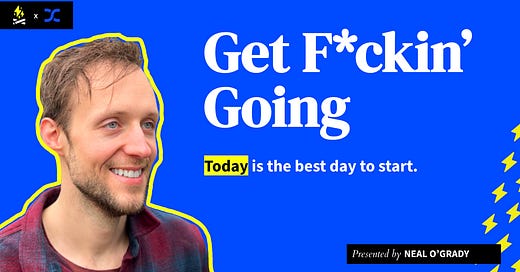


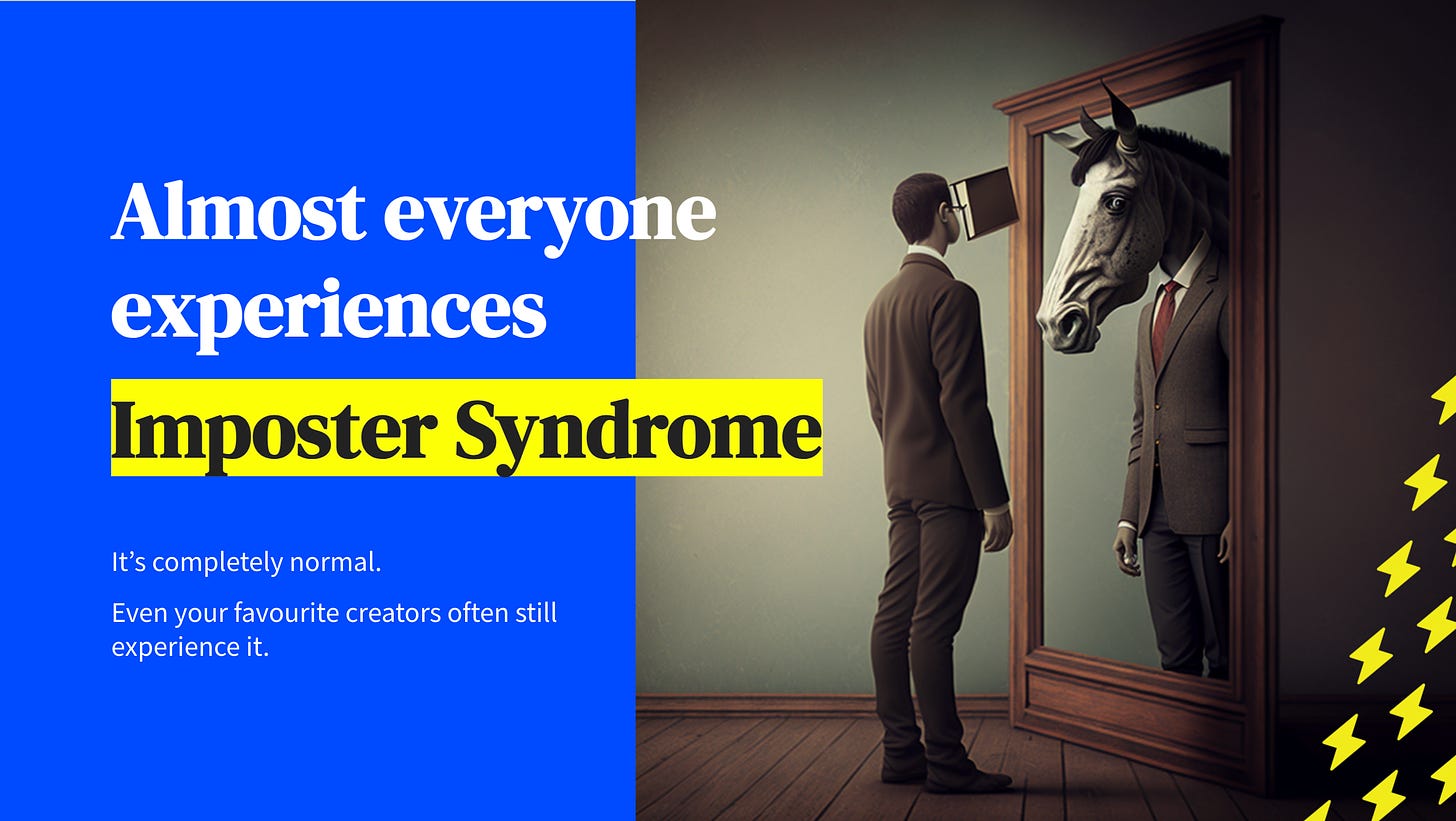
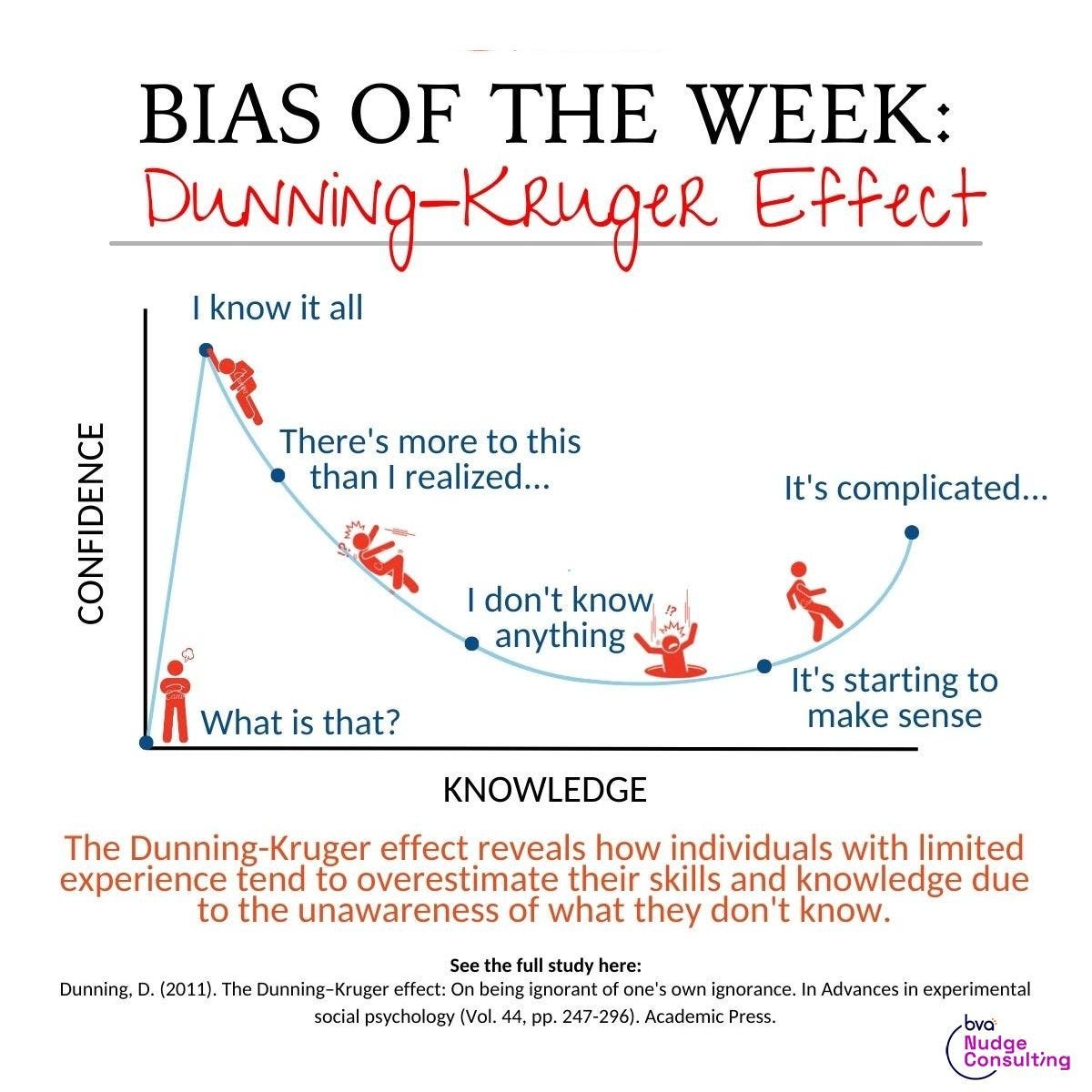


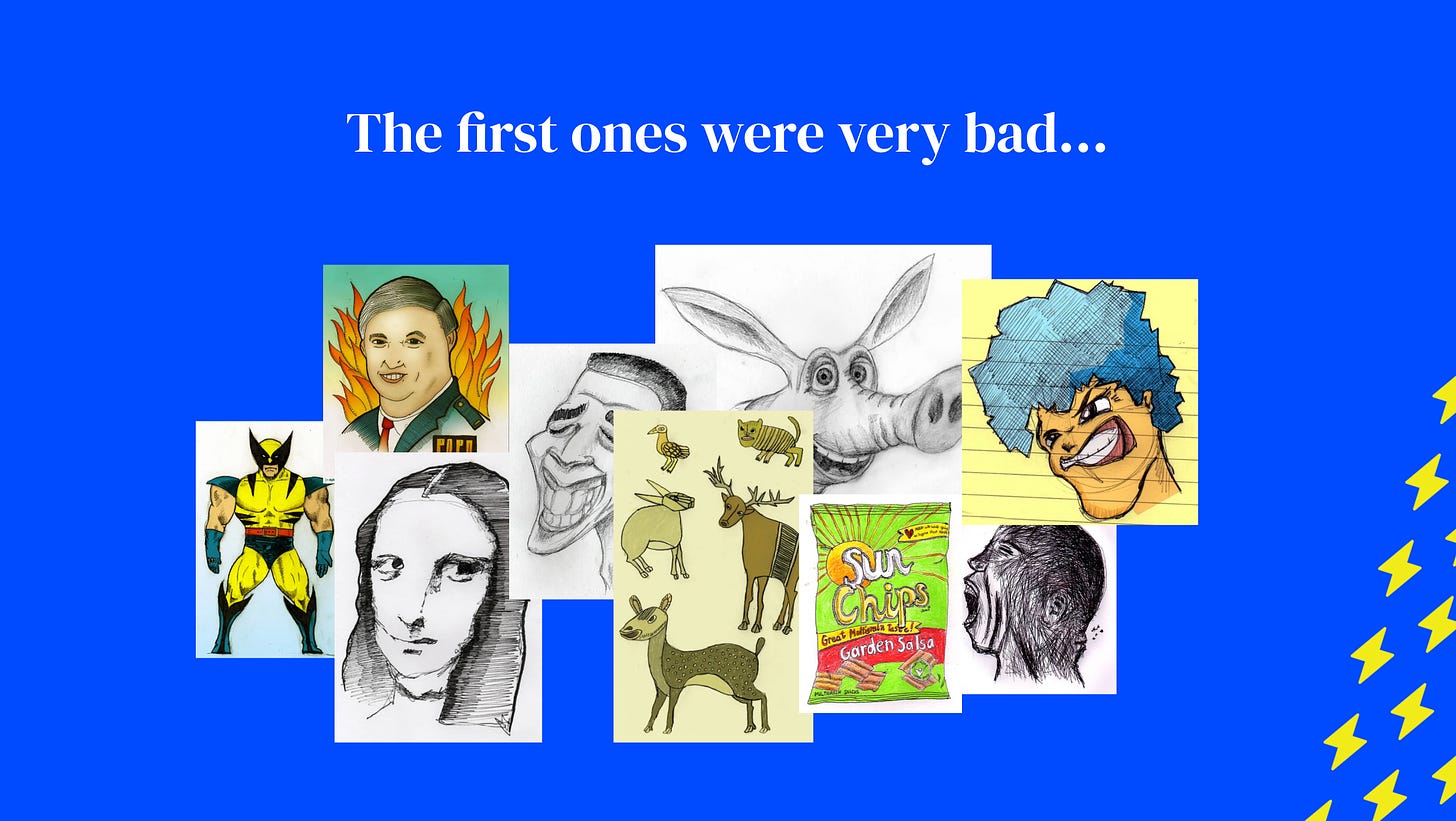
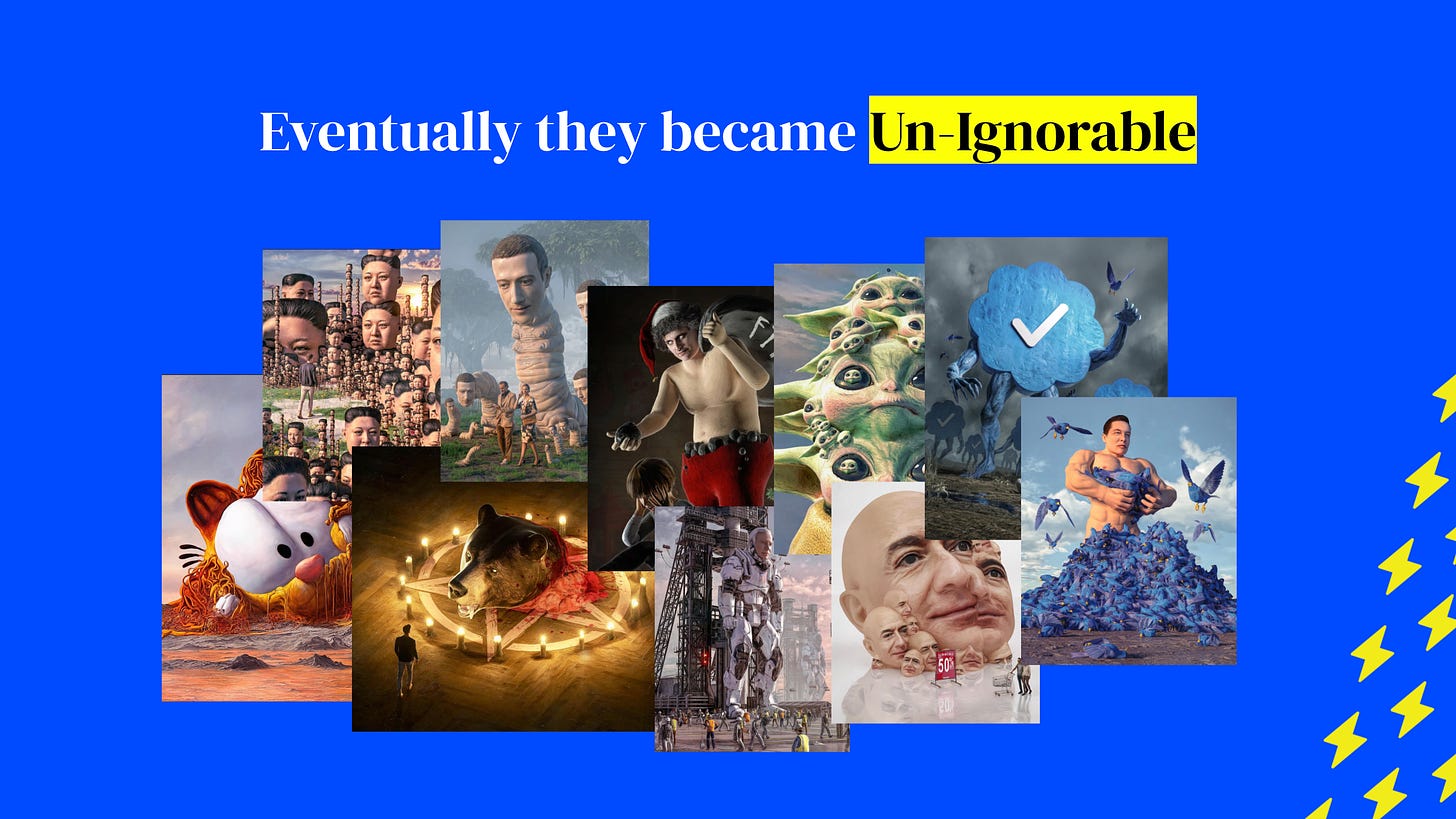

Great!